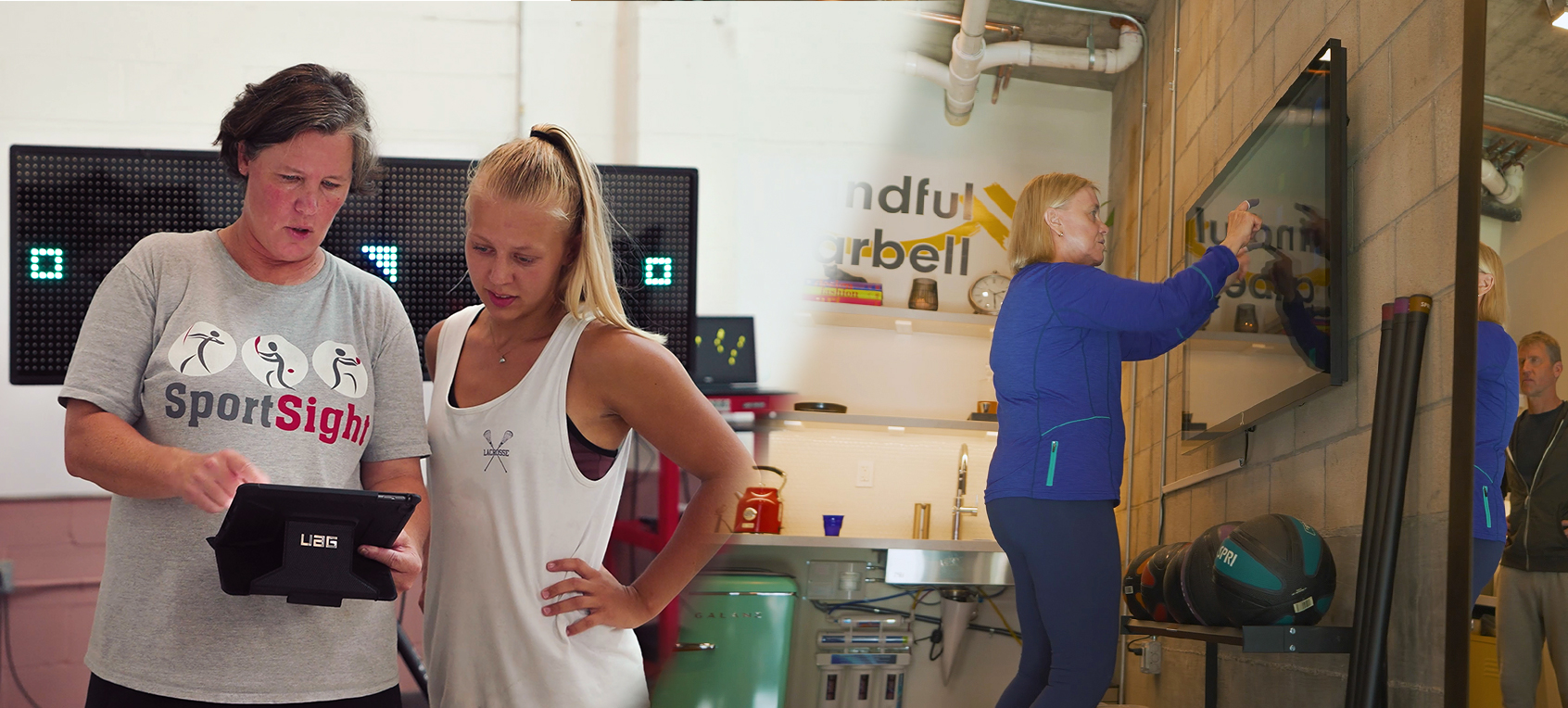This newsletter series is sent monthly, stay up to date by subscribing here.
Neuro training is broadly applicable to many different use cases: improving sports performance, neuro and vestibular rehabilitation, physical therapy, general wellness, etc.
But there isn’t one set way to do it, and there are many “forms” of neuro training already available, beyond just Reflexion’s light-board based products. In issue number 4 of this newsletter, we’ll cover some of the different ways neuro training is available.
Low Tech or No Tech
Pros: Low cost, flexible setup
Cons: Time and coach intensive, no data
Rough Cost: <$25
By getting creative with colored cones and tennis balls you can come up with engaging drills for your athletes.
The problem with this category is it requires a coach to oversee and come up with the drills. For ideas on how to do this, Reflexion created a short youtube playlist of four different drills you can try out!
Strobe Goggles
Pros: Sport-specific training, easy to use
Cons: No data tracking
Companies: Senaptec, Strobe Sport
Rough Cost: $300+
Strobe goggles impede an athlete’s vision for brief moments (tenths of a second), making the eyes and brain work harder to process the world with less visual information.
The advantage of goggles is they don’t require special exercises or training, rather you can wear them while shooting baskets or playing volleyball, adding an extra challenge.
While strobes don’t have any way to track data or progress, they’re a great way to train your sport under more challenging conditions.
Flash Reflex Training
Pros: Flexible set up, portable
Cons: Time and coach intensive
Companies: Blazepod, Fitlight, A-Champs
Rough Cost: $300+
Flash reflex training involves touch sensitive LED “cones” that can be placed in different configurations to run drills. This allows for a ton of flexibility to add reaction time and decision making tasks to stationary or agility based exercises.
If you’ve mastered No Tech neuro training, you’ll be able to use these products to take it to the next level.
Light Board Technology
Pros: Comprehensive testing, long term data tracking
Cons: Cost
Companies: Reflexion, Dynavision, Senaptec
Rough Cost: $4,000+ (typically $15,000+)
Light board technology is using LED touchscreens to run different drills and exercises. These are capable of training and assessing a wide swath of cognitions (reaction time, eye-hand coordination, etc) and offer detailed data tracking.
The clear disadvantage is cost- most products are greater than fifteen or even twenty thousand dollars. Reflexion is the only company to offer light board based training for under $4,000 with our Flex product.
Software/Apps
Pros: Varies
Cons: Varies
Rough Cost: Varies
To put it mildly, this is a broad category. And while it almost didn’t get included for that reason, there are a few well known products that are worth mentioning. Righteye and Neuro Tracker are both custom devices used for eye tracking and multi-object tracking.
As this industry advances, I’m confident that software and apps will play a key role in neurocognitive training/assessment. It’s an area to keep an eye out.
Virtual Reality
Pros: Affordable, Portable, Personalized
Cons: Peripheral Vision Limited
Rough Cost: <$40/mo
Virtual Reality (VR) technology has come a long way in recent years, and it’s now being used in a wide range of applications, including sports training. This type of training can help athletes develop better anticipation, reaction time, decision-making skills, and spatial awareness. Additionally, VR training can help athletes overcome psychological barriers that may prevent them from performing at their best.
Research has shown that cognitive training can improve sports performance by enhancing the perceptual-cognitive processes that are critical for success in sports. For example, a study by McRobert et al. found that manipulating context-specific information improved perceptual-cognitive processes during a simulated anticipation task, which could have important implications for sports training [1].
At Reflexion, we believe that cognitive training is an essential part of any athlete’s training regimen. That’s why we’ve developed Reflexion GO, a portable cognitive training system that can be used anywhere, anytime. With Reflexion GO, athletes can train their cognitive skills including tracking, eye-hand coordination, inhibition, prioritization, and reaction time and improve their sports performance, all while having fun. You can learn more about Reflexion GO for the Meta Quest 2 at https://reflexion.co/go.
The Takeaway
This list shouldn’t be viewed as all the methods for neuro training- there’s a plethora of companies and methodologies out there, and the space is only growing. Especially if you would categorize parts of sport psychology under neuro training, this list is very incomplete.
Nonetheless, this list can serve as a springboard to ways neuro training can help athletes and patients alike.
Not signed up for the newsletter? Do so here.

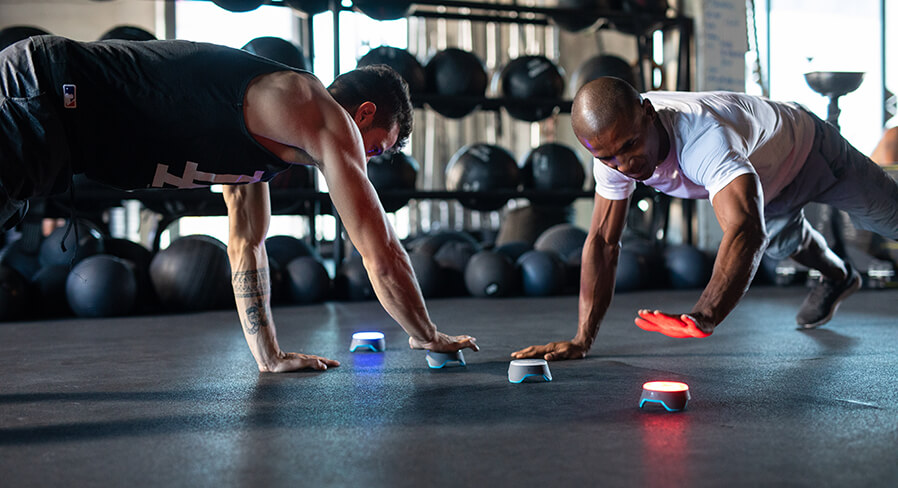
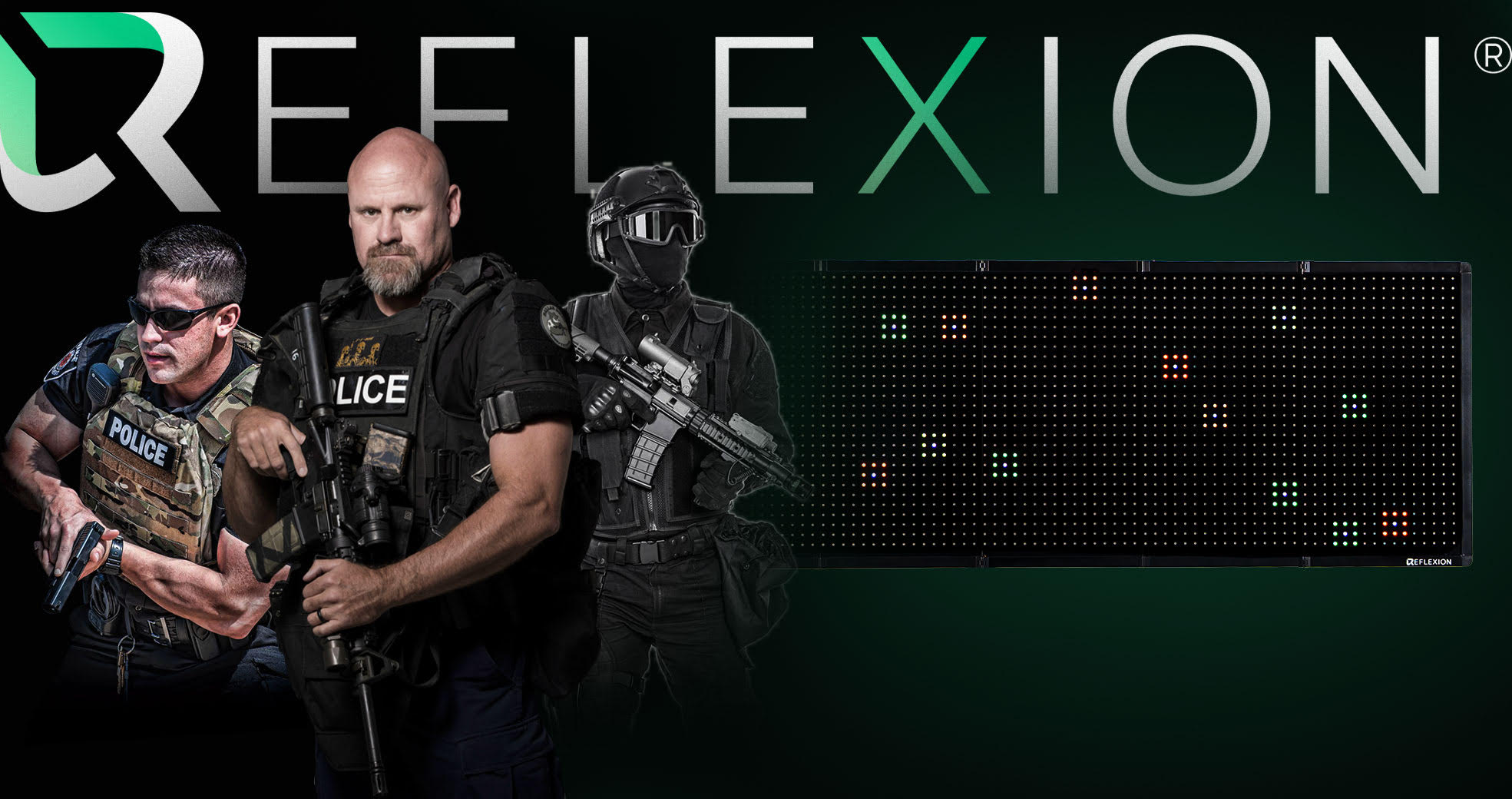

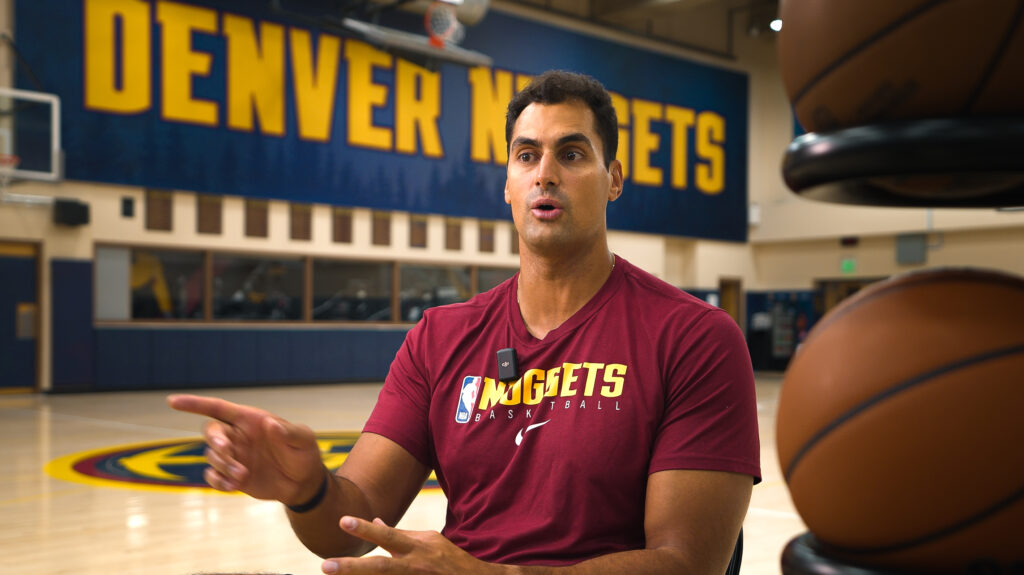
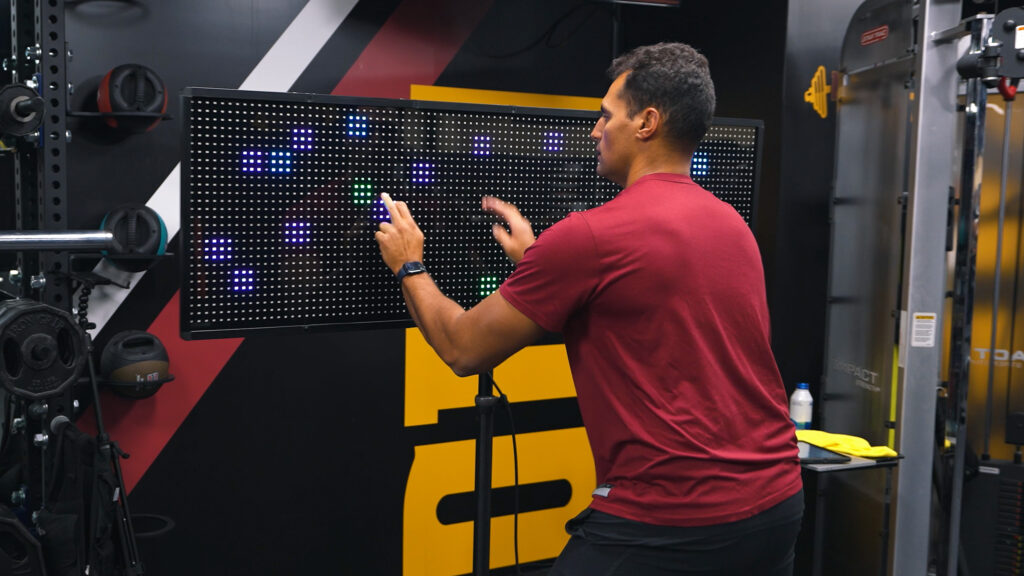
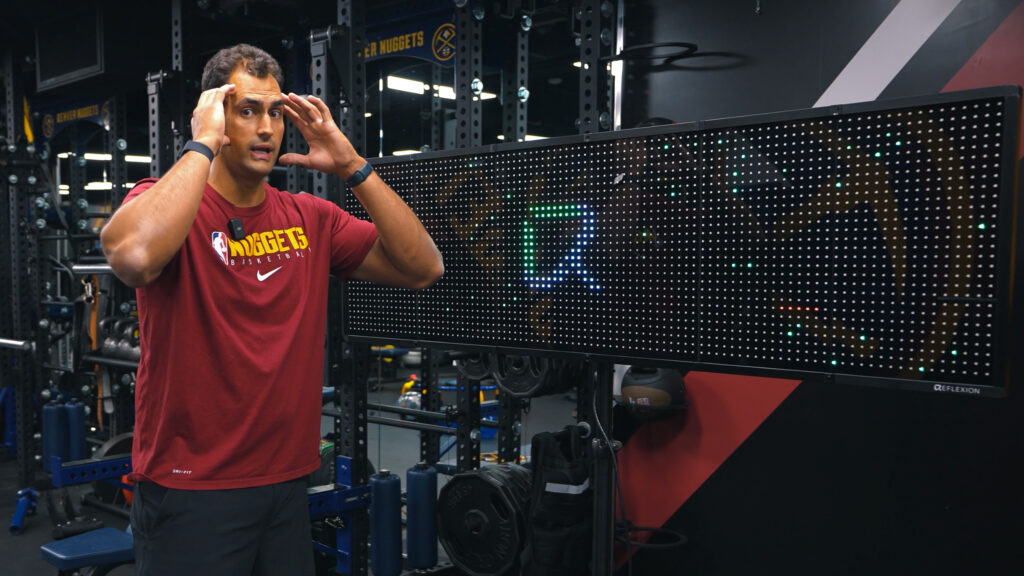
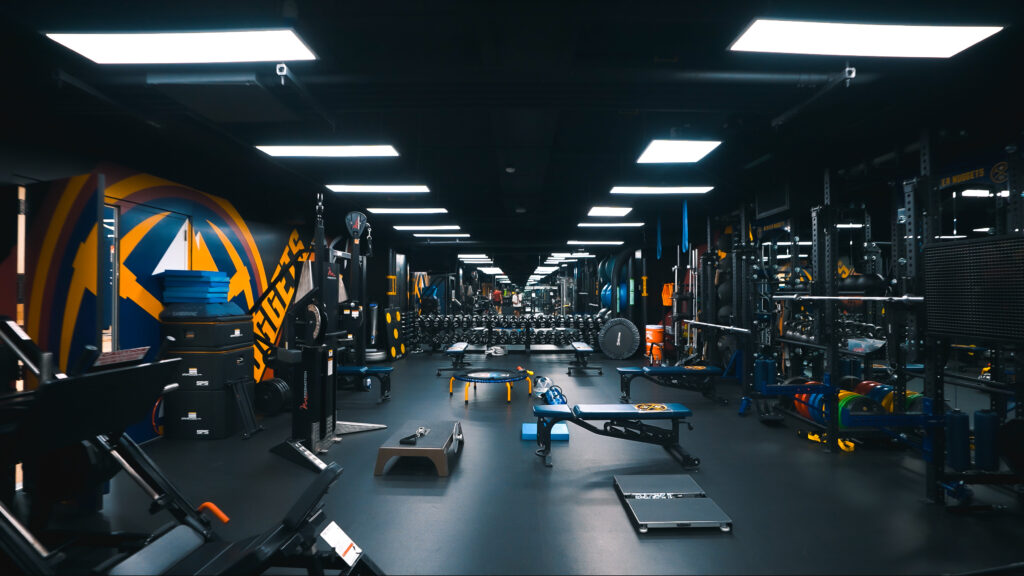
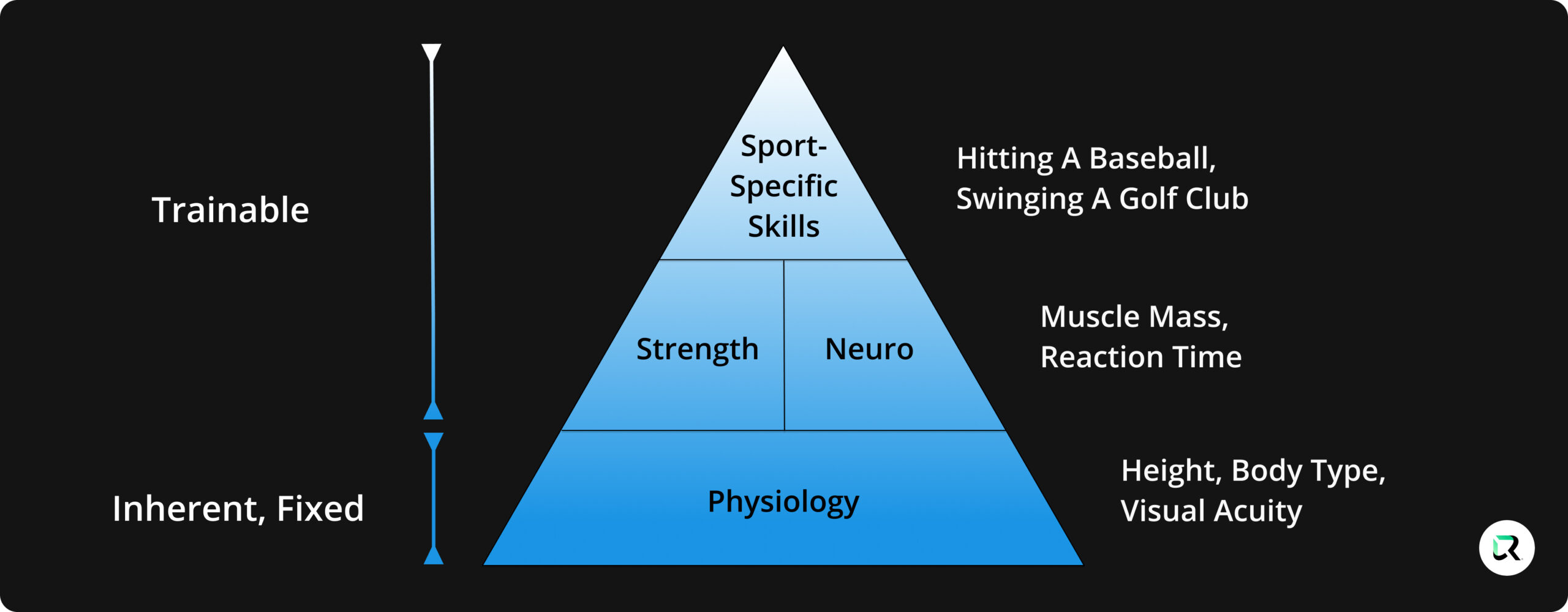
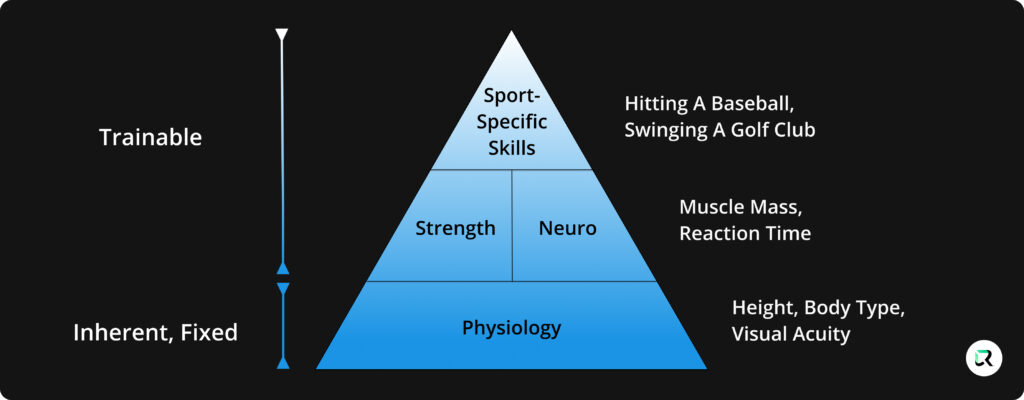
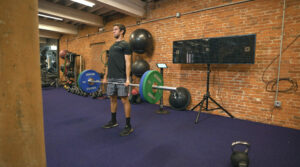
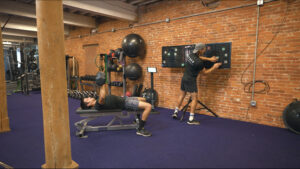 Whether you play a sport or not, neuro training provides an outlet for the brain to improve upon its clarity and sharpness during times of elevated fatigue – something that’s hard to replicate in any other training setting. With a wide array of mind-flexing drills and challenges, it’s easy to create a protocol with the EDGE that compliments your physical workout.
Whether you play a sport or not, neuro training provides an outlet for the brain to improve upon its clarity and sharpness during times of elevated fatigue – something that’s hard to replicate in any other training setting. With a wide array of mind-flexing drills and challenges, it’s easy to create a protocol with the EDGE that compliments your physical workout.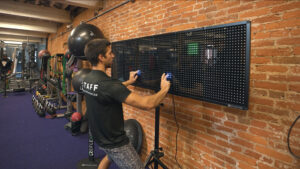 The long and short of it is:
The long and short of it is:
